Rocket Lab's 1st launch of 2020 is for the National Reconnaissance Office, the US spysat agency
The company's also building a new launchpad and expanding its headquarters.

The small-satellite launch company Rocket Lab will fly its first mission for the U.S. National Reconnaissance Office (NRO) next week, kicking off a busy 2020 that also includes plans for a new launchpad and headquarters.
Rocket Lab's first Electron launch of the year will be NROL-151, a previously unannounced flight for the clandestine NRO, the U.S. spy satellite agency. The mission, which Rocket Lab has nicknamed "Birds of a Feather," will fly from the company's Launch Complex 1 on the Mahia Peninsula of New Zealand's North Island. Liftoff is set for Friday, Jan. 31, local time in New Zealand (Thursday, Jan. 30 EST).
“We are honored the NRO has selected Rocket Lab as the launch provider for this dedicated mission," Lars Hoffman, Rocket Lab's senior vice president for Global Launch Services, said in a statement Monday (Jan. 20). "The Electron launch vehicle is perfectly positioned to provide the kind of rapid and responsive access to space that puts the NRO in complete control over their own launch schedule and orbital requirements."
The 57-foot-tall (17 meters) Electron booster is designed to launch satellites weighting up to 500 lbs. (227 kilograms) into orbit for about $5 million per flight.
Video: Watch Rocket Lab's latest Electron rocket launch!
Related: Rocket Lab and Its Electron Booster (Photos)
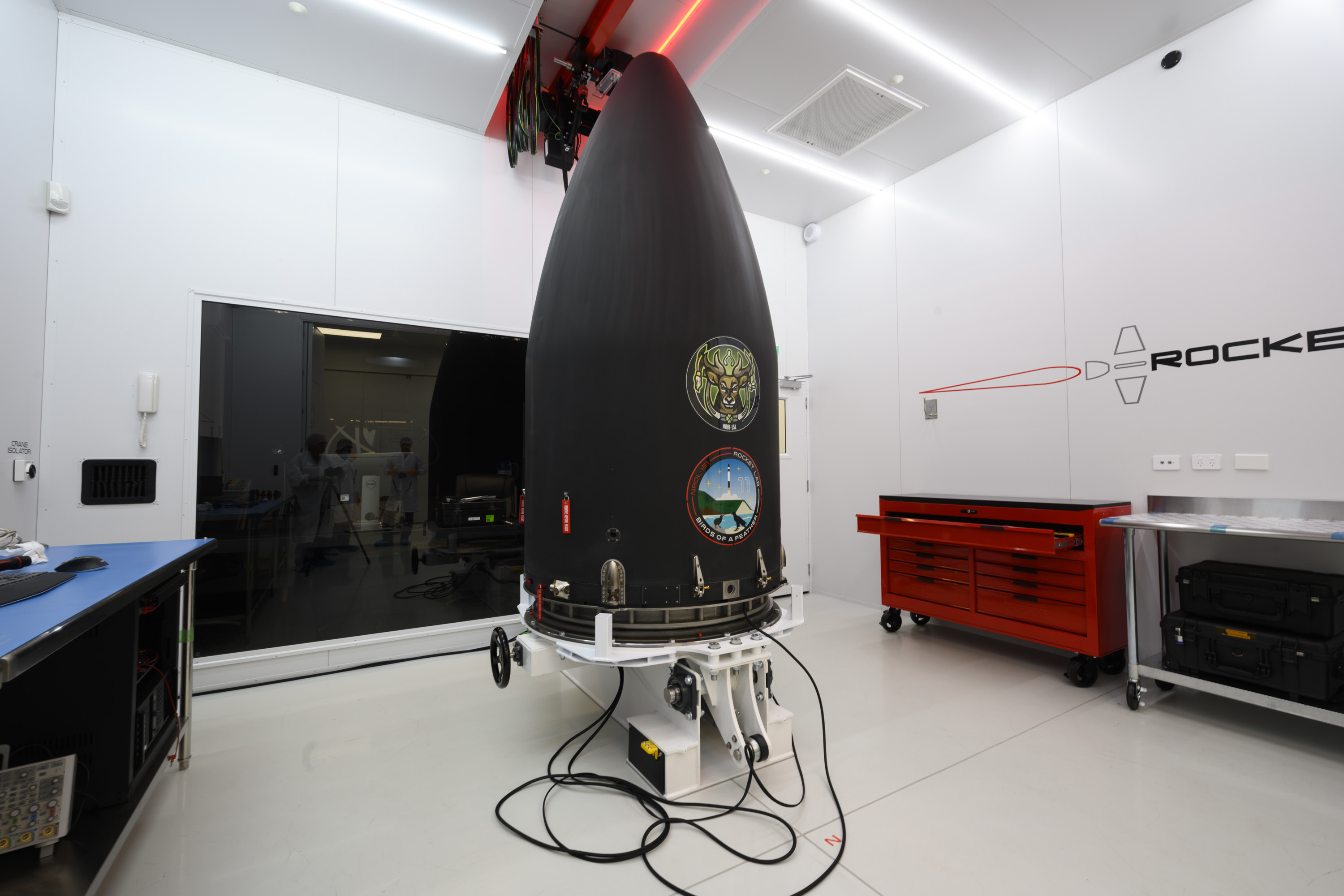
The small satellite launch company Rocket Lab will launch the clandestine NROL-151 satellite for the U.S. National Reconnaissance Office as early as Jan. 31, 2020 local New Zealand time (Jan. 30 EST).
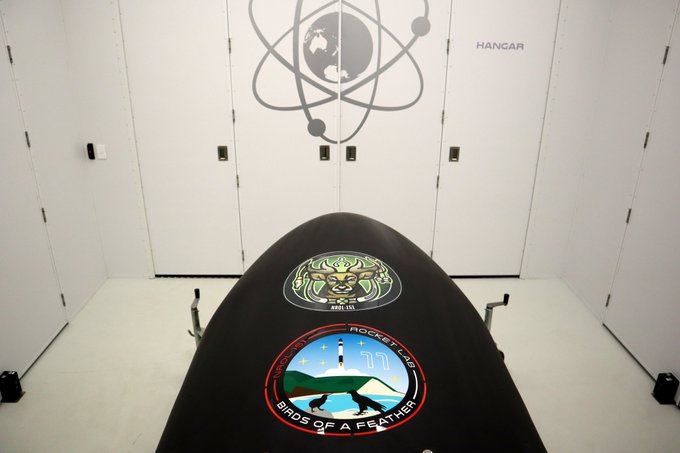
The small satellite launch company Rocket Lab will launch the clandestine NROL-151 satellite for the U.S. National Reconnaissance Office as early as Jan. 31, 2020 local New Zealand time (Jan. 30 EST).
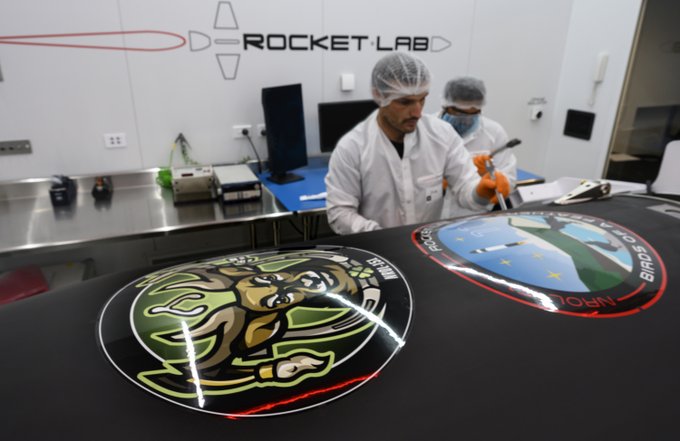
The small satellite launch company Rocket Lab will launch the clandestine NROL-151 satellite for the U.S. National Reconnaissance Office as early as Jan. 31, 2020 local New Zealand time (Jan. 30 EST).
The NRO tapped Rocket Lab to launch NROL-151 under the agency's Rapid Acquisition of a Small Rocket (RASR) program. The mission is the first for the new program, "which enables our exploration of new launch opportunities by providing a streamlined, commercial approach for launching smallsats," NRO officials wrote on Twitter Jan. 20.
"Under this approach, RASR helps us pursue the use of both large & small satellites to create an integrated architecture that provides global coverage to answer a wide range of intelligence questions," NRO officials added.
Breaking space news, the latest updates on rocket launches, skywatching events and more!
NROL-151 is the NRO's first spy satellite launch from foreign soil, according to Spaceflight Now.
Rocket Lab's big year
Rocket's NROL-151 launch comes amid a growth spurt of sorts for the Huntington Beach, California-based company.
In December, Rocket Lab opened its first U.S. launch site, called Launch Complex 2, at NASA's Wallops Flight Facility and the Mid-Atlantic Regional Spaceport on Wallops Island, Virginia. The company plans to launch its first Electron missions from U.S. soil in April.
Soon after the Launch Complex 2 opening, Rocket Lab broke ground on a third launchpad, this one located next to the company's original pad on Mahia Peninsula, in order to expand its ability to launch missions quickly. Rocket Lab is calling the new site at its Launch Complex 1 "Pad B."
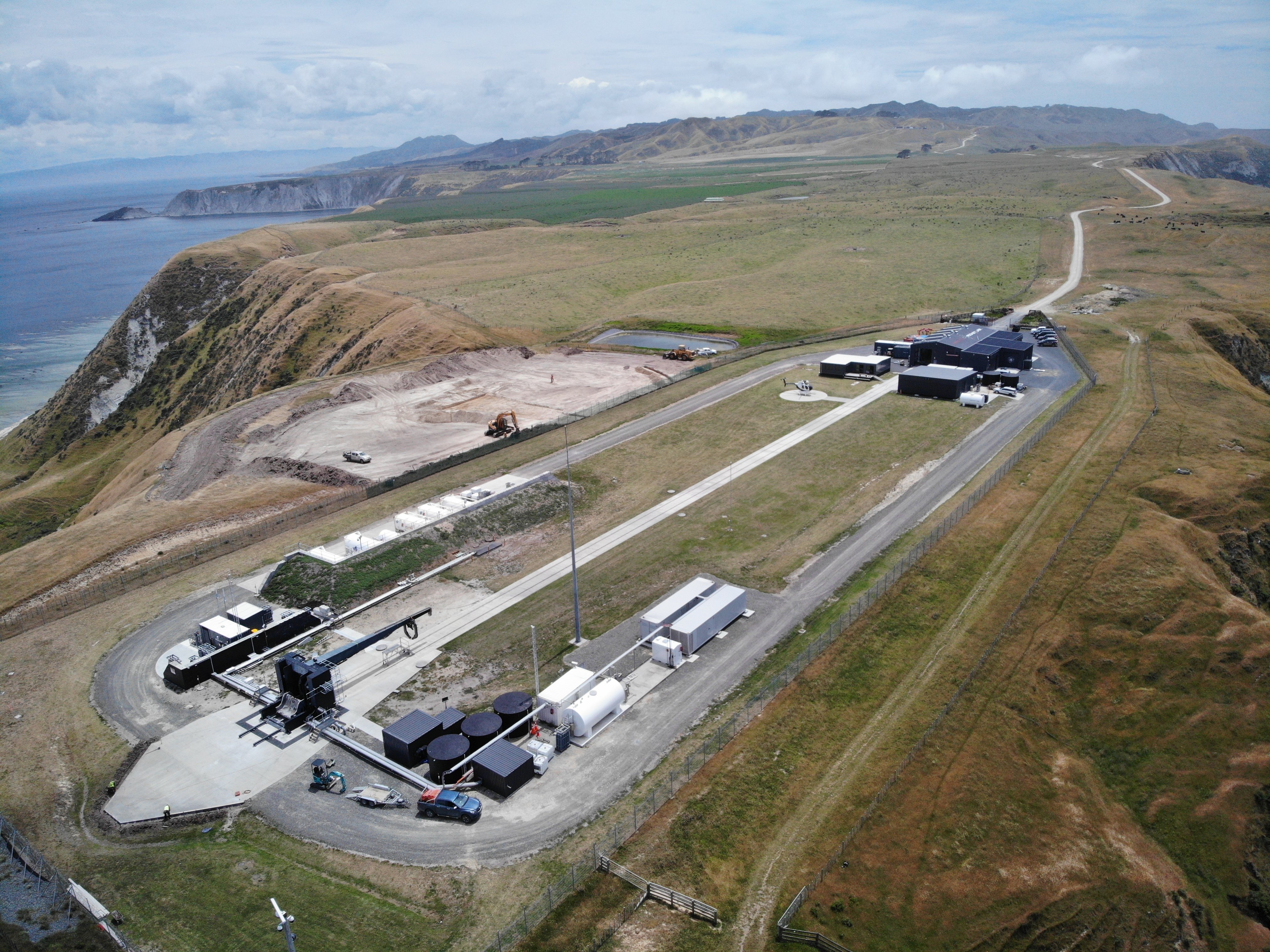
In December 2019, Rocket Lab began building a new launchpad, called Pad B, at its Launch Complex 1 on the Mahia Peninsula of New Zealand's North Island.
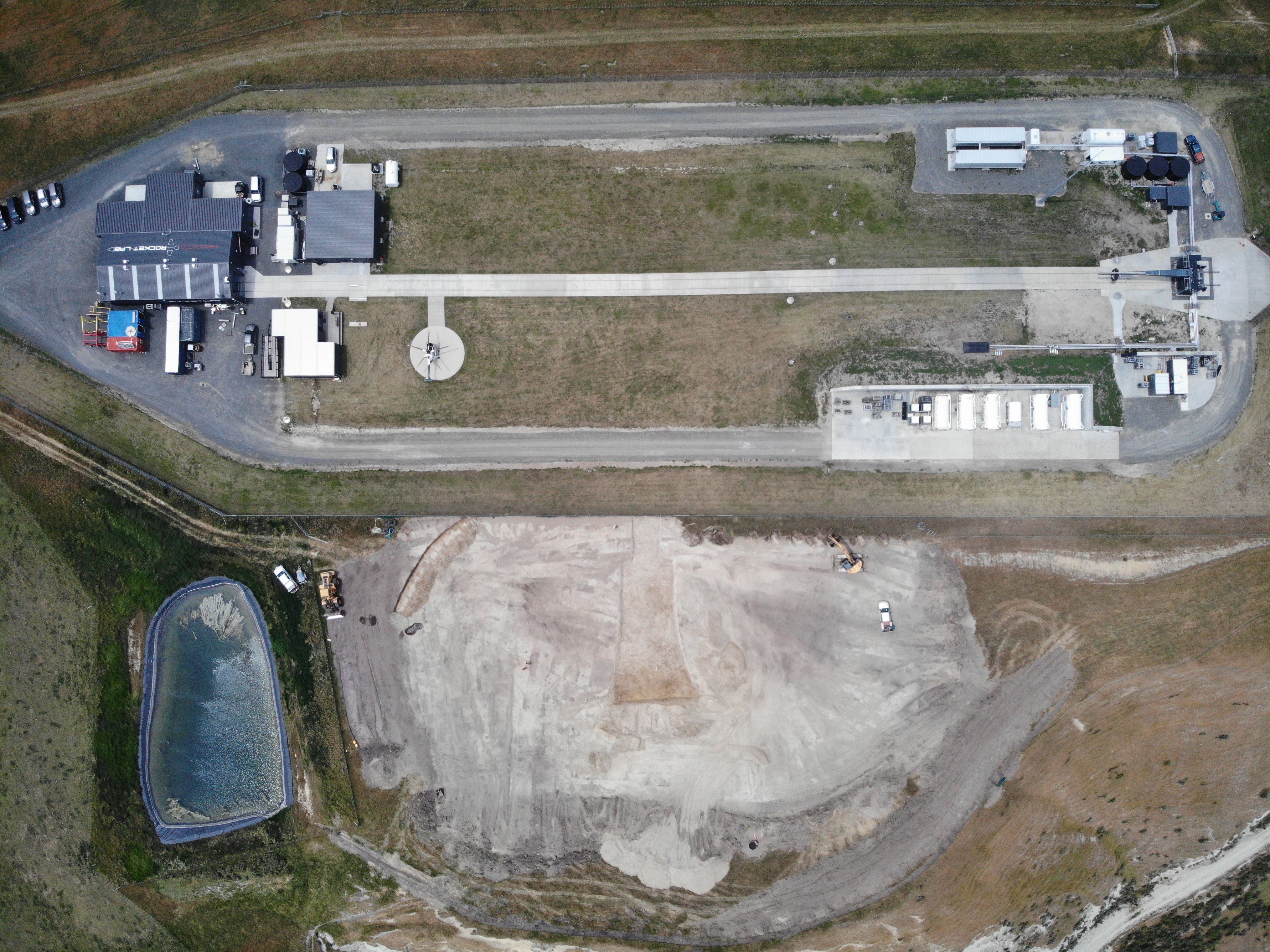
In December 2019, Rocket Lab began building a new launchpad, called Pad B, at its Launch Complex 1 on the Mahia Peninsula of New Zealand's North Island.
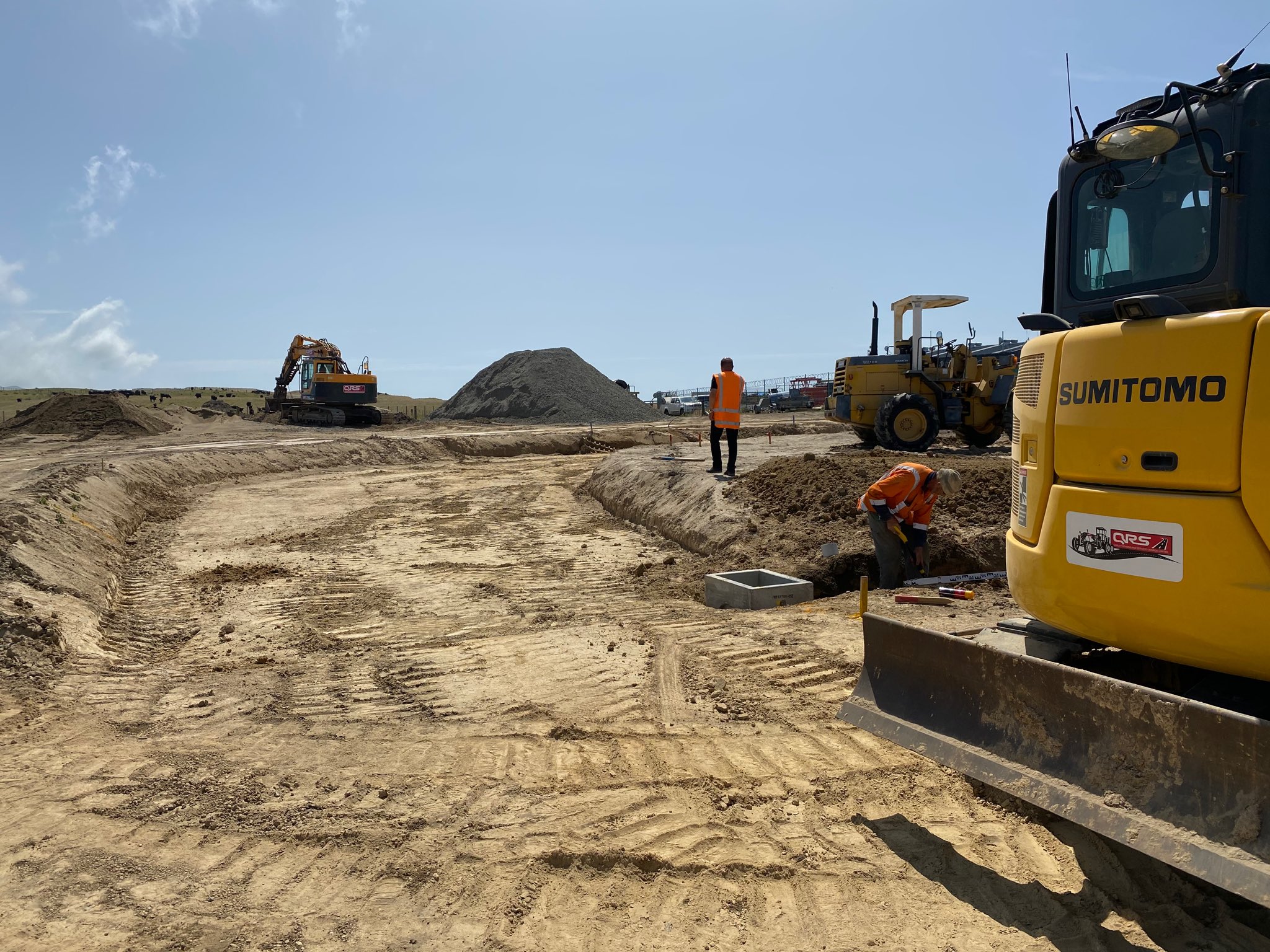
In December 2019, Rocket Lab began building a new launchpad, called Pad B, at its Launch Complex 1 on the Mahia Peninsula of New Zealand's North Island.
"Responsive access to space is about more than the rocket – it also requires responsive launch pads," Rocket Lab founder and CEO Peter Beck said in a statement last month. "With the opening of Launch Complex 2 in the U.S. and now the addition of Pad B at Launch Complex 1, Rocket Lab operates three individual launch pads to provide unmatched launch frequency and responsiveness for small satellites."
Earlier this month, Rocket Lab also began work on a new headquarters in Long Beach, California, which will also serve as its U.S. mission control center and add to the company's manufacturing capacity.
"Long Beach is an ideal location for our team; it has a vibrant space community, it's close to many of our suppliers and offers room to grow as our operations do," Beck said in a Jan. 14 statement. "The City of Long Beach has been incredibly welcoming, and we look forward to working with them to continue growing the local space economy."
Reusing rockets
But wait, there's more.
Rocket Lab is also testing technology to recover and reuse the first stage of its Electron rockets in order to help the company's booster production.
In 2019, Beck unveiled an ambitious plan to recover Electron boosters in midair by equipping the rocket stages with thrusters and a parachute to slow their descent. They would then be captured by a helicopter and taken to a recovery ship for eventual reuse.
Last month, Rocket Lab successfully guided an Electron back to Earth using thrusters and a new guidance and navigation system. The rocket was not equipped with a parachute, but did survive its reentry as Rocket Lab had hoped. The booster was destroyed as expected when it impacted the ocean.
The upcoming launch will also perform that reentry maneuver, with a chase plan collecting telemetry from the rocket as it reenters the atmosphere and crashes into the ocean.
"It's not about cutting costs at all, to be honest," Beck told Space.com in September. "It's about increasing production. That's the sole reason we're doing it."
The "Birds of a Feather" launch for NROL-151 will mark Rocket Lab's eleventh mission since operations began in 2018. The company has launched 47 satellites into orbit over its last 10 missions.
- What's Next for Rocket Lab? A Q&A With CEO Peter Beck
- Rocket Lab's 'Rosie' the Robot Can Build a Booster in Just 12 Hours
- Tour Rocket Lab's Stunning New Zealand Launch Site in This Video
Email Tariq Malik at tmalik@space.com or follow him @tariqjmalik. Follow us @Spacedotcom, Facebook and Instagram.


Tariq is the award-winning Editor-in-Chief of Space.com and joined the team in 2001. He covers human spaceflight, as well as skywatching and entertainment. He became Space.com's Editor-in-Chief in 2019. Before joining Space.com, Tariq was a staff reporter for The Los Angeles Times covering education and city beats in La Habra, Fullerton and Huntington Beach. He's a recipient of the 2022 Harry Kolcum Award for excellence in space reporting and the 2025 Space Pioneer Award from the National Space Society. He is an Eagle Scout and Space Camp alum with journalism degrees from the USC and NYU. You can find Tariq at Space.com and as the co-host to the This Week In Space podcast on the TWiT network. To see his latest project, you can follow Tariq on Twitter @tariqjmalik.
